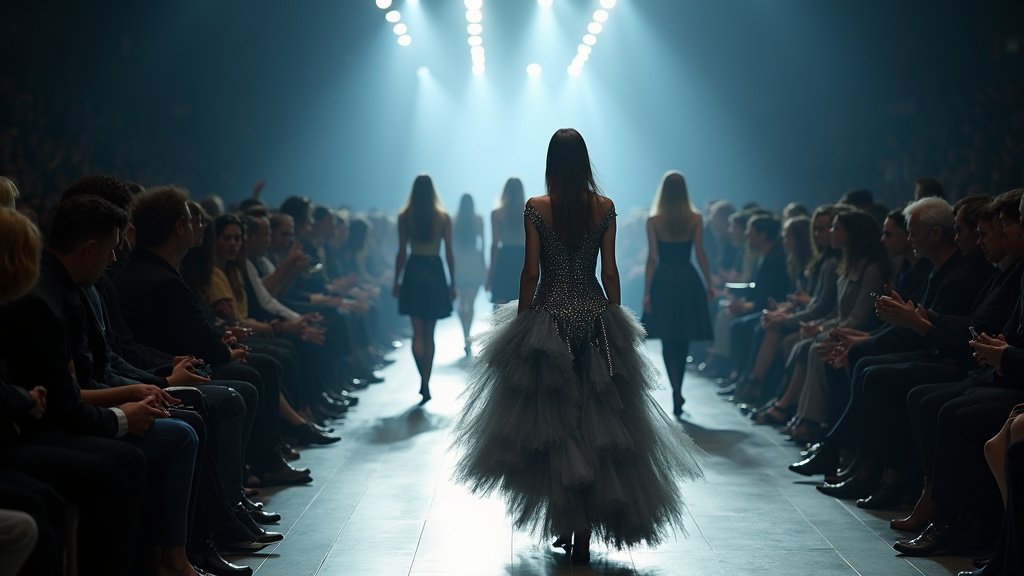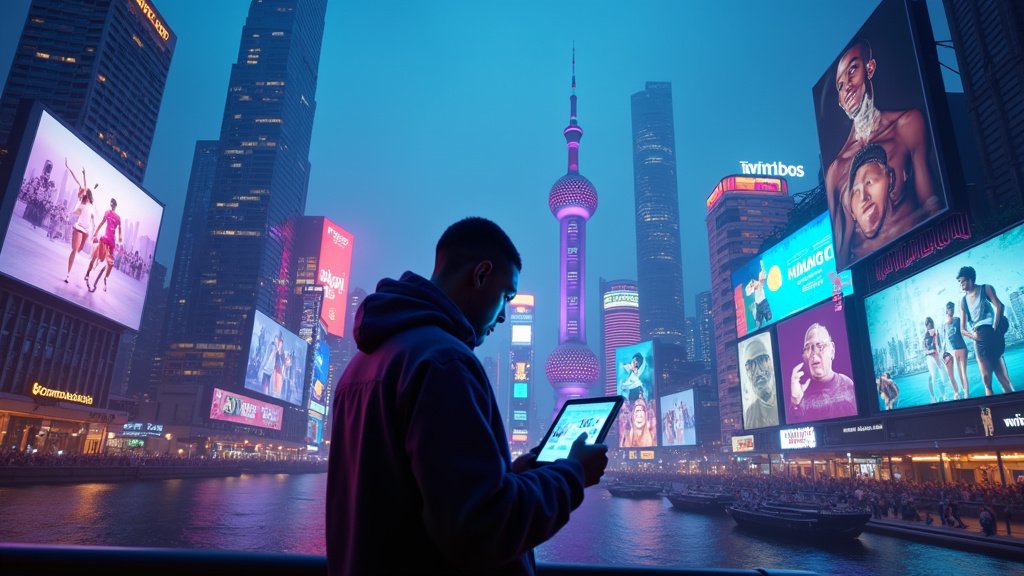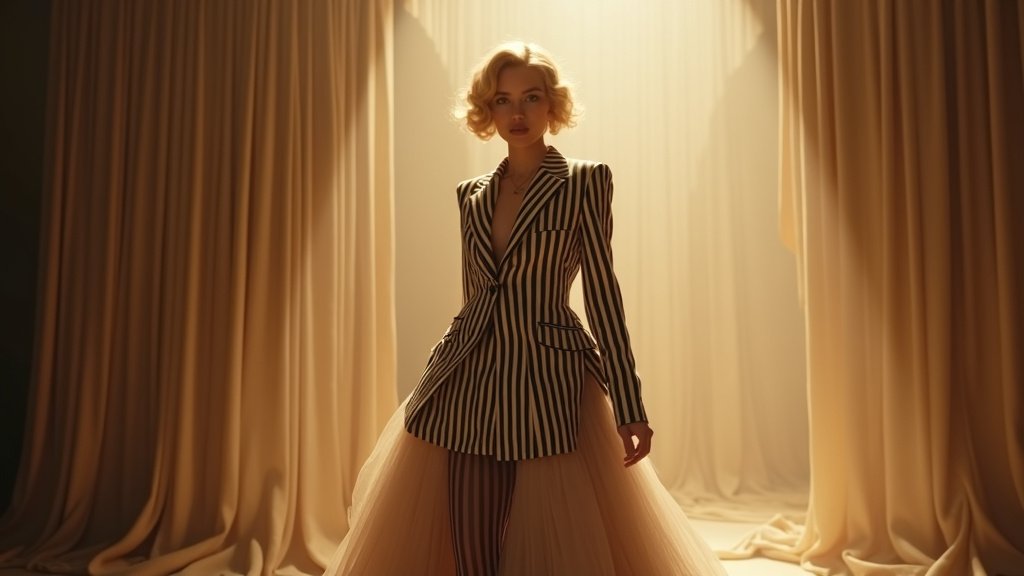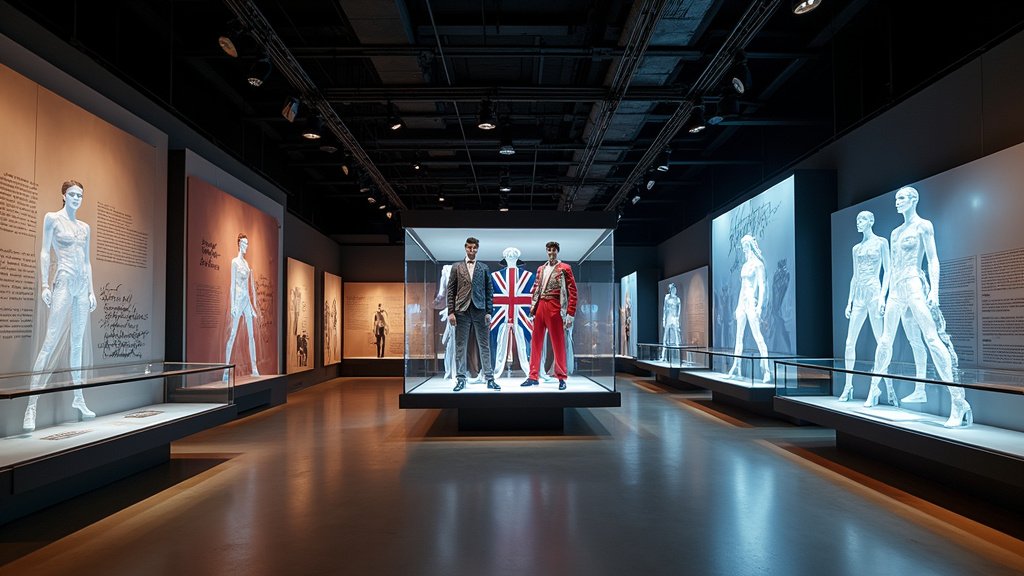In 2019, Joker shocked the world, becoming a cultural phenomenon and generating an unprecedented wave of discourse around its raw portrayal of mental illness, class inequality, and social alienation. Joaquin Phoenix’s chilling performance as Arthur Fleck, a man descending into madness, earned him an Academy Award for Best Actor, and Todd Phillips’ vision turned what could have been a routine comic book movie into an unforgettable psychological thriller.
Now, the stakes are even higher with the release of Joker: Folie à Deux, a sequel that has surprised many by not only revisiting Fleck’s descent but also introducing a wild twist—musical elements. When news broke that Lady Gaga would be joining the project as the infamous Harley Quinn, it became clear that this follow-up would not be bound by traditional expectations. Phillips and Phoenix are taking the plunge into uncharted territory, and with the film now on the horizon, excitement and speculation are at a fever pitch.
A Different Kind of Madness: Understanding “Folie à Deux”
Before diving into what we can expect from Joker: Folie à Deux, it’s worth exploring the meaning behind the film’s subtitle. “Folie à deux” is a psychological term referring to a “shared madness,” where delusions and psychosis are transmitted from one person to another. This is a fascinating concept, especially considering the dynamic between the Joker and Harley Quinn, one of the most chaotic and toxic relationships in comic book history.
The title suggests that this sequel will focus on the connection between Arthur Fleck and Harley Quinn—both equally unhinged, feeding off each other’s delusions and madness. But this isn’t just any Harley Quinn; it’s Lady Gaga, a force of nature in her own right, who brings a level of depth and musical prowess that could push this character into new territory. Given her ability to embody complex, emotionally charged roles (as seen in A Star is Born), Gaga’s Harley promises to be more than a mere sidekick or caricature.
The Musical Surprise: Blending Genres in Bold New Ways
One of the most audacious moves Joker: Folie à Deux has made is its reported dive into musical territory. The original Joker was a grounded, gritty psychological thriller, so this genre shift has left fans and critics alike speculating about how music will fit into the dark, nihilistic world Phillips and Phoenix established.
Musicals and comic book films don’t typically go hand-in-hand, but this is no ordinary comic book film. When viewed through the lens of Arthur Fleck’s fractured psyche, the musical approach makes perfect sense. Fleck, who already lives in his own reality, could easily break into song and dance as a way of expressing his inner turmoil and distorted perception of the world. Music, after all, has long been used as a tool to convey emotions that words alone can’t capture.
Incorporating musical elements into the storytelling could be a creative masterstroke. Consider the moments in Joker where Arthur Fleck already dances with a sense of deranged liberation—particularly the iconic scene on the stairs, where he fully embraces his Joker persona. That scene, while not a full-blown musical number, hinted at how music and performance are intrinsic to Arthur’s journey. With Lady Gaga onboard, the musical aspect of Folie à Deux is not only plausible but exciting. It could offer a surreal, nightmarish twist on the typical musical format, where the songs become expressions of delusion, chaos, and inner conflict.
Casting Chemistry: Phoenix and Gaga – A Match Made in Madness
Joaquin Phoenix’s portrayal of Arthur Fleck in the first Joker was a tour de force, a performance so raw and vulnerable that it remains one of the most discussed performances of recent memory. For Joker: Folie à Deux, bringing in Lady Gaga as Harley Quinn was a brilliant, if unexpected, choice. Gaga is no stranger to intense, emotionally driven roles, and her transformation in A Star is Born demonstrated her range not only as a singer but as a deeply compelling actor.
The chemistry between Phoenix and Gaga will undoubtedly be a focal point of the film. Arthur Fleck and Harley Quinn’s relationship has been depicted as violent, obsessive, and mutually destructive in various iterations of the Batman mythology. Yet, this new take promises to explore their dynamic in ways we haven’t seen before. Their shared madness—this “folie à deux”—could evolve into something both horrifying and captivating, as their psychoses intertwine in a dangerous and possibly tragic love story.
There’s also the tantalizing prospect of musical duets. With both actors possessing musical talents—Phoenix having showcased his singing chops in Walk the Line, and Gaga’s Grammy-winning career—it’s hard not to imagine some eerie, twisted duets that delve deep into the characters’ psyches. These musical moments could be more than just a stylistic flair; they could serve as windows into Arthur and Harley’s shared reality, pulling audiences further into their mental disarray.
Expanding the World of Gotham: New Perspectives on an Old City
Gotham City itself is a character in the Joker films—a grim, decaying metropolis that reflects Arthur’s internal descent. In Joker: Folie à Deux, it’s likely we’ll see Gotham from a new perspective, possibly through Harley Quinn’s eyes, or even as a backdrop to the chaotic, musical sequences that punctuate Arthur’s journey.
Phillips has already established a version of Gotham that feels oppressively real, rooted in the struggles of the downtrodden, the alienated, and the disenfranchised. In this sequel, we could see an even darker, more warped version of the city, one that mirrors the shared psychosis between Arthur and Harley. The visuals could take on a nightmarish, almost surreal quality, especially if the musical numbers distort the reality of Gotham into something akin to a twisted dreamscape.
While Joker primarily focused on Arthur’s story, Folie à Deux presents the opportunity to explore more corners of this broken world. Harley’s perspective, in particular, could offer insights into the societal structures that drive people like her and Arthur to madness. After all, Gotham is a city that preys on the weak, and the first film established a world where systemic issues—poverty, mental illness, and inequality—are left unchecked. It’s possible the sequel will continue to explore these themes, adding layers to the narrative that feel more relevant than ever.
Tone and Themes: A Dark Exploration of Identity and Co-Dependence
Much like the first film, Joker: Folie à Deux is expected to delve into themes of mental illness, identity, and societal alienation. However, the addition of Harley Quinn adds a new layer of complexity to the narrative. Harley’s origin story is one of psychological manipulation and co-dependence, as she transitions from being Dr. Harleen Quinzel, a psychiatrist, to becoming the Joker’s partner-in-crime.
This toxic relationship has been romanticized in certain iterations of the characters, but in Folie à Deux, we may see a more disturbing portrayal of their co-dependence. Arthur Fleck, already a broken man, finds in Harley someone who not only understands his madness but embraces it. Their relationship could be a mirror, reflecting and amplifying each other’s delusions until neither of them can distinguish between reality and their shared fantasy.
The film also holds the potential to critique the ways in which society contributes to the creation of individuals like Arthur and Harley. The first Joker examined how the neglect of mental health services, rampant inequality, and societal indifference can push someone over the edge. With Harley Quinn’s inclusion, Folie à Deux might further explore the psychological impact of isolation and manipulation, and how two people can become lost in their own delusions, with disastrous consequences.
The Cultural Impact: Following a Groundbreaking Predecessor
Joker left an indelible mark on the cultural landscape. It wasn’t just a box office success—it became a touchstone for discussions about mental health, the portrayal of violence in media, and the fine line between villain and victim. With Joker: Folie à Deux, there’s a chance to further that conversation, but through a different lens.
This sequel could push boundaries in terms of what audiences expect from a comic book movie, blending genres and challenging the norms of the superhero (or in this case, supervillain) genre. The combination of a psychological thriller and a musical is almost unheard of, but that’s part of the film’s allure. It’s not trying to replicate the success of its predecessor; rather, it’s pushing the envelope in new and unexpected directions.
As the release date for Joker: Folie à Deux draws closer, the anticipation is palpable. Will it live up to the monumental expectations set by the first film? Will the inclusion of musical elements elevate or detract from the gritty realism that made Joker so effective? These are the questions on everyone’s minds. But one thing is certain—Todd Phillips, Joaquin Phoenix, and Lady Gaga are prepared to deliver something bold, audacious, and unforgettable.
In a cinematic landscape filled with sequels, Joker: Folie à Deux stands out as a daring, ambitious experiment, poised to redefine not only the Joker’s legacy but the boundaries of comic book adaptations themselves.





